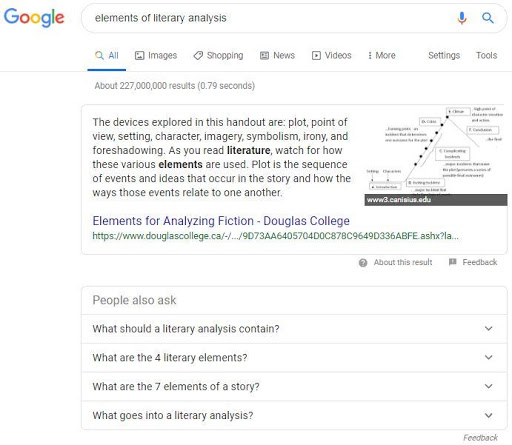
Toward the end of 2018, we posted a blog which predicted the biggest trends for 2019. Now as we approach the end of 2019, we can see that one of the trends on last year’s list should not only get the top spot on anyone’s list of trends for 2020, it really needs its own blog.
Virtual reality and artificial reality have moved from novelty to a marketing necessity in just a few years. We’ll look at them individually and give examples of how each are being used in various industries to increase sales.
Virtual Reality
Virtual reality (VR) is a totally immersive experience. It shuts out the real, physical world and puts the user in an interactive role in a completely digital world. As a result, virtual reality systems can take the user anywhere; from walking on the ocean floor to walking on Mars. VR requires a special virtual reality headset which can have a product price from under $20 for Google Cardboard to $399 for Oculus Rift S to $1,098 for the HTC VIVE Pro . The VR headsets give wearers a 360◦ view with the ability to interact with the surroundings.
Way back in 2015, the New York Times saw the coming trend of virtual reality experiences and created the NYT VR app for iPhone and Android. To encourage downloading the app, the Times sent a free Google Cardboard to each of their subscribers. As a first release, the Times created three VR stories on displaced children driven from their homes by war and persecution.
The New York Times is in the business of telling stories. They recognized that many stories are better told using video than print. A print story about Yellowstone National Park is not going to be as powerful as a video showing a herd of bison or Old Faithful. But what if the Times could put its customers right in the middle of Yellowstone, able to walk around and explore the thermal basin just as if they were there? That would make the viewer a participant in the story rather than just an observer.
Since that initial release four years ago, the Times has published dozens of VR films, taking viewers from Antarctica to Pluto; from Ethiopia and Mecca to the Large Hadron Collider.
Because of the need for special equipment—and because not many companies can send Google Cardboard to all of their customers—VR is used as more of an on-site marketing tool, as was done by Lowe’s, the home improvement store.
Lowe’s discovered that many people didn’t buy items like hedge trimmers because they didn’t know how to use the tool, or they were afraid they might be injured. To familiarize customers with hedge trimmers and other lawn and garden tools, they created the Holoroom Test Drive, an in-store VR environment.
Customers wore a VR headset, they were given a cordless hedge trimmer, and put in a hedge-filled virtual world where they could safely learn how to handle a hedge trimmer. Market research showed that the experience led to a 127% increase in customer confidence, which Lowe’s hopes translates into sales.
Augmented Reality
Much more accessible to the average person, augmented reality (AR) doesn’t put the user in a separate reality; instead, it brings virtual elements into the user’s surroundings. Anyone with a phone and AR apps is AR-ready. AR inserts itself into or makes changes to the real world.
Burger King in Brazil created virtual arsonists with their “Burn That Ad” AR marketing campaign. Users would download the app, and then aim the camera in their phone to any Burger King competitor’s ad and the ad would burst into a flame-broiled inferno, leaving the user with a coupon for free Whopper.
Sephora, who makes beauty products, knows that people will buy products that make them look better. To demonstrate how good customers could look, Sephora Virtual Artist uses AR on customers’ phones as they appear to try various products, giving users a virtual makeover. If a shopper approves of a particular look—a shade of lipstick, perhaps—the product can be put into the shopper’s cart.
On a larger scale, Pepsi rigged a bus stop in London with AR side panels so those waiting for a bus looked through what seemed to be the clear glass sides of the shelter and saw everything from giant robots with laser eyes roaming the street to a tiger chasing a pedestrian. What has any of that got to do with selling a refreshing beverage? Nothing. But people at that bus stop—those who watch the video—will remember it was Pepsi who was behind the innovative use of augmented reality technology.
Several years ago, advertisers responded to customers’ growing preference to watching videos over reading, and they began to increase their use of video in selling products or services. Those who failed to utilize the technology were left quickly left behind.
AR and VR are becoming just as necessary a part of any marketing strategy as video was a few years ago. Whether the technology is used as a tool to provide help to customers—as Lowe’s and Sephora have done—or used as a novelty to keep a company’s brand in the spotlight—as Burger King and Pepsi have done—augmented and virtual reality are the next big thing and it’s incumbent upon every company to get on board if they want to stay current.
If you’d like to stay ahead of the curve, but don’t know where to start, contact McFadden/Gavender. Our team of experts will keep your brand on the cutting edge.

